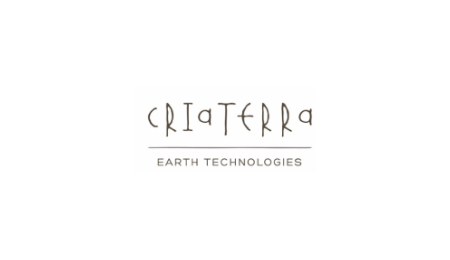The Future of AI/ML in AEC is NOW
For many people, Artificial Intelligence (AI) and machine learning (ML) seem like tools of the future. But for the Architecture, Engineering, and Construction (AEC) industry, the use of these powerful technological tools should be now.
For many people, Artificial Intelligence (AI) and machine learning (ML) seem like tools of the future. But for the Architecture, Engineering, and Construction (AEC) industry, the use of these powerful technological tools should be now.
According to Robert Otani, CTO at Thornton Tomasetti, the benefits and the opportunities that AI and ML present for the AEC industry are numerous:
• Greater speed and work productivity
• Solution for parallel design
• Significant knowledge transfer and knowledge accessibility within large offices
• Enhanced creativity of employees and companies
• Creation of new services
• Enabling integration with Digital Twins
The AEC industry has already begun to leverage this technology for its needs, and Otani shares a few examples to demonstrate the power of AI.
1. In 2015, with a team of researchers, Thornton Tomasetti created an ML model to predict the embodied energy of a generic building with multiple parameters such as height, bay spacing, and length. Eventually, the model created 10 million different combinations and what would take 95 years to calculate without AI took just five minutes.
2. In 2018 they released an app called Asterisk, which uses structural engineering with ML to create a structural design of the entire building, just from amassing the perimeter outline of a building.
3. Another application designed by Otani’s team, T2D2, can engage with automated façade inspection and report multiple types of damages in a building within several hours, compared to human inspection for the same buildings that can take several weeks.
4. In 2016 Otani’s team released software called Konstru.ML, a data scheme for BIM models. Konstru.ML connects a variety of data schemes for BIM models, various applications, and multiple processes into a central model database. With the structured data in the database, the system can create AI and ML models for more efficient usage.
5. Another system developed by the team is called CORTEX.AI, which is a cloud-based platform for customizing, accessing, and deploying AI and ML models at scale.
In other industries, such as the automotive industry, AI and ML are widely used, with different models trained to reach an autonomous car. Interestingly, with much fewer data required to create effective models, AI and ML usage for the AEC industry can be much simpler, not in the future, but now.



